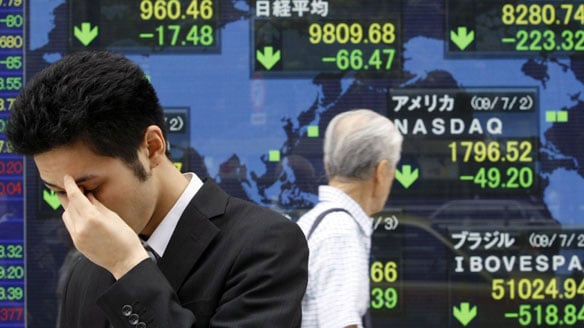
When it comes to saving for retirement, every little bit helps.
That’s why it’s important to keep a careful eye on the fees you are coughing up for your mutual and exchange-traded funds, which take a huge toll on potential investment returns over time.
The good news is that fund fees are on the decline. Overall, average fees fell by 8 percent in 2017, the biggest decline ever notched in one year, according to a study by Morningstar.
Earlier this month, Fidelity became the first fund company to offer index funds with without any management fee. (Other major index fund companies and discount brokers, including Vanguard Group and Charles Schwab, have been competitively lowering their fees, as well.)
The bad news is that many investors don’t realize how much they’re paying in fund fees in the first place or how much these expenses and other investment costs are eating into their retirement savings.
Just as you are focused on the compound growth that you’re getting from your investment returns year after year, the fees that you’re paying on those investments are also compounded. Taken together, you could be paying 2 percent or more in fees.
While 2 percent still sounds like a small percentage, it’s misleading, according to Josh Robbins, chief strategy officer at America’s Best 401(k).
Watch out for these fees:
- “Expense ratios” are annual fees charged by all mutual funds, index funds and exchange-traded funds as a percentage of your investment in the fund. Expense ratios apply to all of these funds regardless of whether they are in your 401(k), individual retirement account or brokerage account.
- You may also pay “mutual fund transaction fees,” which a broker will charge to buy and sell some mutual funds, similar to a “trade commission” that a broker would charge to buy or sell a stock.
- And, a broker may sell you a fund that has a sales charge or commission, also known as a “sales load.”
- That’s all in addition to administrative fees associated with maintaining a brokerage account, as well.
Take two investors, for example: one who’s paying 1 percent in fees and another who’s paying 2 percent. The person with 2 percent in fees will run out of money 10 years sooner than the person with 1 percent in fees, Robbins said.
To see if your fees are too high, check the fee disclosure and look at the expense ratios on the mutual funds you are invested in.
Christine Benz, director of personal finance at Morningstar, suggests considering a lower-fee mutual fund if you have several funds in your 401(k) that have an expense ratio over 1 percent.
Keep in mind that fees may also be related to how much advice you are getting. An actively managed fund will cost more than an index fund or ETF and, alternatively, a robo advisor will be cheaper than a human advisor.
In the end, however, a fund’s expense ratio should not be the only reason that an investor chooses a particular portfolio, Benz said.
“The emotional component is the benefit of working with a human advisor,” she said. “You get someone who knows your personal situation and can reach out to you on a day when the market is tumbling.”
























